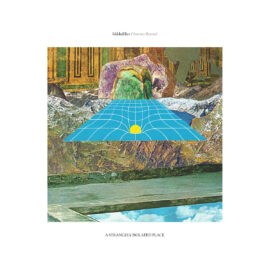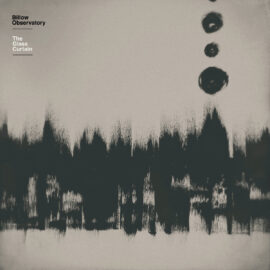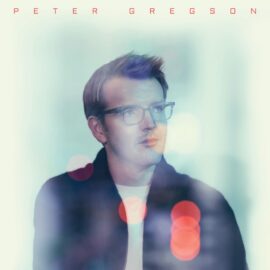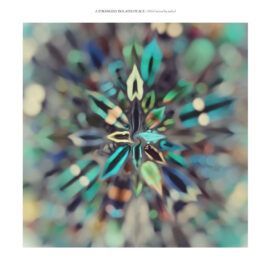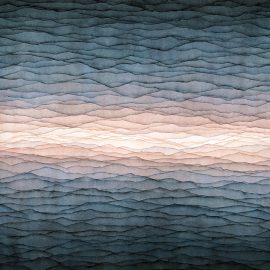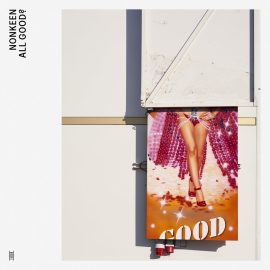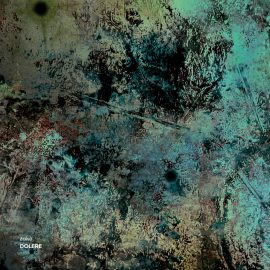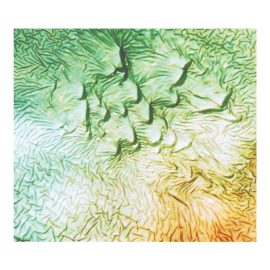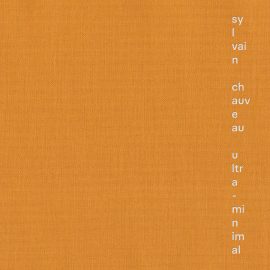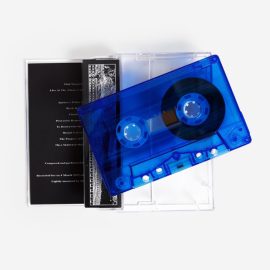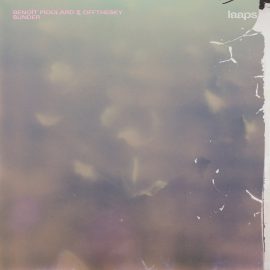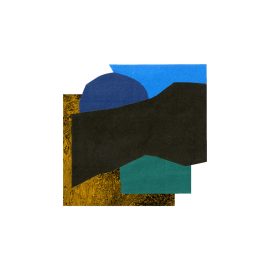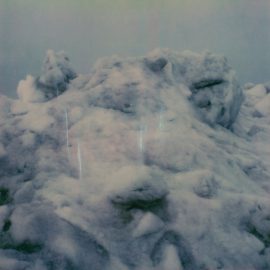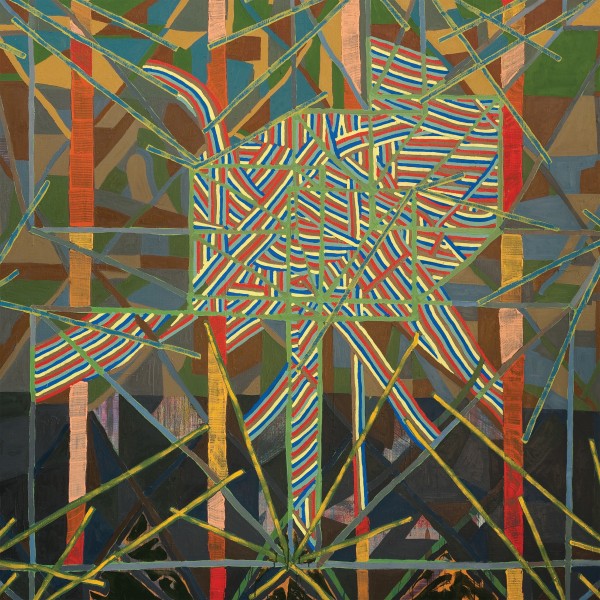 Steve Roden & Frank Bretschneider Suite Nuit LINE Steve Roden is a Pasadena-based sound, visual, and mixed media artist who’s been releasing work under his own name. Roden’s music has always struck me as inherently organic, equally informed by technique, process, and instinct. He’s called it “lowercase” in the past, music that focuses on the slightest of details and encourages — perhaps demands — active listening. Frank Bretschneider has released numerous works in the last fifteen years or so, largely focused around severe, minimal electronics and how those interact with the concept of rhythm, whether in the microscopic beat-making of his Komet project or the improvisational jazz inspiration of his album EXP. Suite Nuit is an interesting document of the meeting of these two musical minds, dating back to 2004. These recordings evolved out of a commissioned performance for the 2004 Suite in Parochial festival in Berlin, Germany. It was part of a series of site-specific collaborations between artists of various disciplines (sound, music, video) who “were encouraged to address the unique sonic, visual, and cultural contexts of the Parochial Church of Berlin Mitte.” While Bretschneider can often be heard exploiting the tiniest fragments of electronic sound, Roden is more unpredictable, with a career that spans all sorts of tinkering, both visual and aural. The very hushed, lulling patterns that start off the second half (their “practice” session) feels more like Bretschneider’s Rand or his Komet project at first, but then a series of strange drones layer on top that are no doubt the handiwork of Roden. This push and pull between their aesthetics is pervasive, and it’s at the core of what makes Suite Nuit sonically exciting. Those more familiar with either artist’s works will be pleasantly surprised by the twists and turns the soundmaking takes as they feed off one another. It splits the difference between Roden’s world of “lowercase sounds” and Bretschneider’s exploitation of computer sounds and error music. Despite all of the activity that is happening above and below the surface, there is something meditative about Suite Nuit that allows it to go down smooth and linger, like a massage for the ears.
|
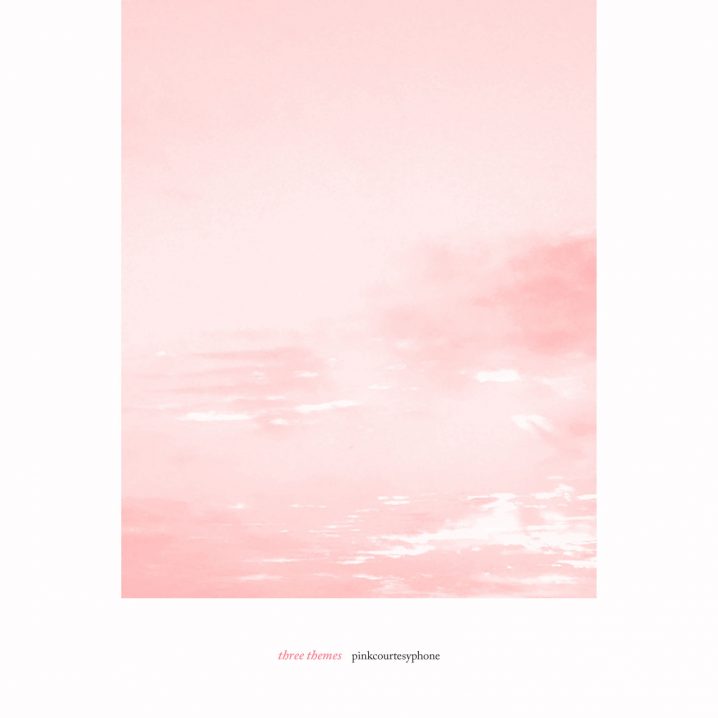 pinkcourtesyphone Three Themes LINE Segments Richard Chartier dons his pinkcourtesyphone hat for this expanded digital reissue of his elusive Three Themes release on Superior Standards in 2012. Since that run was indeed very small (10 x 7″ copies), it’s nice to have access to these in their more fully realized, expanded treatments. These themes share much in common with his last pcp release, Foley Folly Folio — with plenty of room to sprawl, “Afternoon Theme” loops patiently for over 23 minutes, with two looping, lonely phrases drenched in heavy hall reverb that very, very slowly shift focus from one to the other. Compared with the version on Foley Folly Folio, it’s slower to evolve, more sublime, more hypnotic if only by virtue of sheer repetition — if ever someone knew how to exploit it to an artistic advantage, it’s Chartier. But in his pcp guise his use of repetition and tone yields quite different results, sounding like an undulating dream rather than the more severe and environmental sounds of his recent albums under his proper name. Comparisons that come to mind include Various Artists’ 8, 8.5, 9 release on FatCat from some time ago or the gradual decaying loops of William Basinksi, with whom Chartier has collaborated in the past, but these are only touchpoints of likeness. “Evening Theme” works especially well broken off on its own here (it was part of a trilogy on Foley along with “Afternoon Theme,” each in much more condensed segments), with plenty of time to gradually shift shape and sound. In its expansive form here, it has all of the qualities of the evening tide, lapping and swelling rhythmically and regularly. It ends with “62000 Valentines,” another slow-changing, looping piece of minimalism. It’s by far the most sublime of the three, with an initial rhythmic scuff of sound giving way to a continuous fog of drones. It’s the most haunting of the series, in my opinion, contrasting the lulling warmth of the first two cuts with a chillier haze that splits the difference between Chartier’s work under his own name and the other sounds herein. It lingers for the duration, a steady haze for nearly 20 minutes, an appropriate denouement to an album whose meditative qualities are strong and suggestive.
|
|
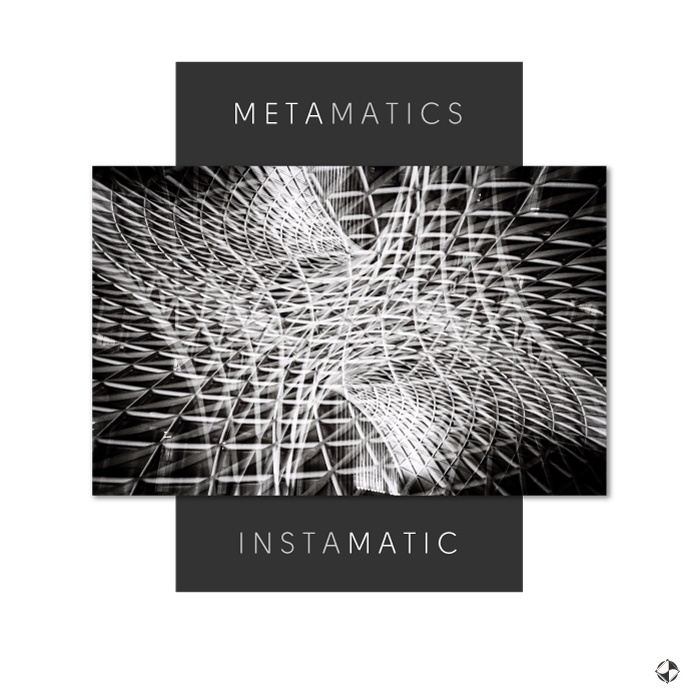 Metamatics Instamatic XTT Lee Norris’s Metamatics moniker is one I grew to associate with melodic, quality-controlled electronic music that split the difference between IDM (in its circa-’00 shape) and vintage broken beat electro. So at first I had to ask myself what I felt hearing the sweeping opening fifths of “Neon Future Blue,” a gorgeous cut that picks up right where his last album, 2003’s From Death to Passwords, left off. On the one hand, over ten years have passed and Norris is still traversing rather familiar territory, not having strayed far at all from his last offering… and yet, does that matter when it sounds so great? Norris throws down a little bit more straightforward of an electro groove on many cuts here, sounding like a fusion of his Hydrogen Dukebox stuff and his more lush previous album. This is all music that is pretty functional for a dancefloor (though the tempo varies significantly over the span of its nine tracks), but it’s an album that inspires me to feel inward rather than to move outward. Even a robotic number like “Metamatix” inspires a gut feeling within, an acknow-ledgement of mood more than the impulse to move my body. A real highlight for me is “Cosmic Emotion,” a fairly apt title considering its melancholic groove and bleeps and blips that dance in the spaces between. The most physical of the bunch is probably the twitchy robotic funk of “Ghinel,” with its sputtering chatter and wobbly bass zaps. In that sense, despite how familiar the music sounds, Instamatic is a rousing success, showing off Norris’s talents as a producer at the top of his game, a concise nine-track arc that is consistently good from start to finish.
|
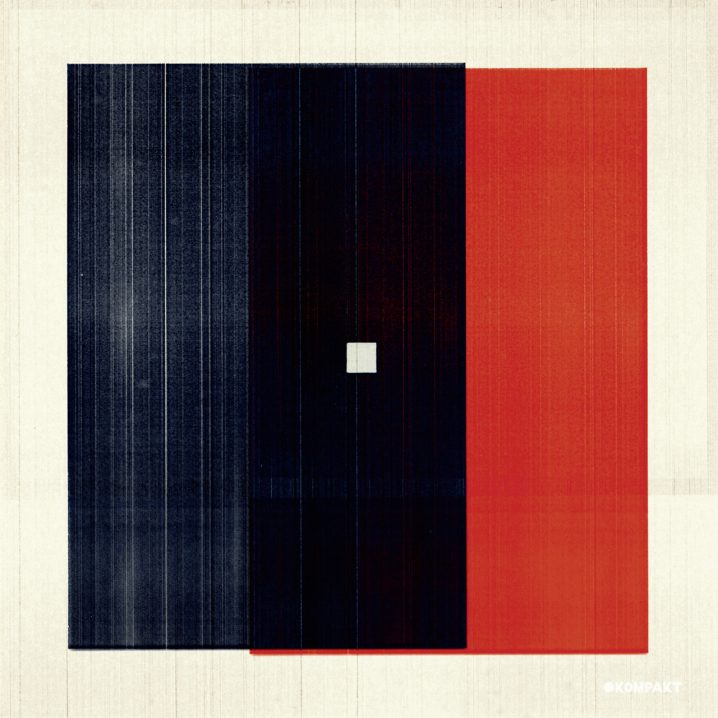 John Tejada Signs Under Test Kompakt John Tejada has been quietly releasing top-notch music for a long time now, and his latest full-length on Kompakt is one of his best. It’s a slick collection of eleven meticulously crafted minimal techno and tech house numbers that go down easily, occasionally drawing comparisons to the clean productions of Aril Brikha, but repeat listens reveal Tejada’s signature attention to detail and knack for lush, evocative moods. The first cut, “Two 0 One” captures this well, a melancholic dancefloor number that combines a bouncy bassline with lilting melodic tones. Likewise, the languid melodic lead of “Beacht” lends just the right amount of mystique to a fairly tightly wound dancefloor-compatible track. The arc of the album feels cohesive and deliberate, but my favorites fall just over the halfway point. “Penumbra” is jaunty and has a really slick cleanness to its arrangement. I think one of the big strengths of Signs Under Test is Tejada’s synth sounds — they sound fresh and uncomplicated, clean and uncluttered. His arrangements are detailed and complex, but each sound is clear and distinct. This balance of precision and accessibility is a deft one, sort of fusing all of the various strengths of Kompakt’s repertoire and Tejada’s own. “Endorphins” is sort of the darker follow-up to “Penumbra,” equally compelling with its blippy sequences and syncopation. It’s hard to call out too many highlights because ultimately every track here is a highlight. Highly recommended for fans of clean, melodic techno with an edge. Easily my favorite album of 2015 so far.
|
|
©
Words by Matthew Mercer of Ear Influxion
Additional editorial by HC


